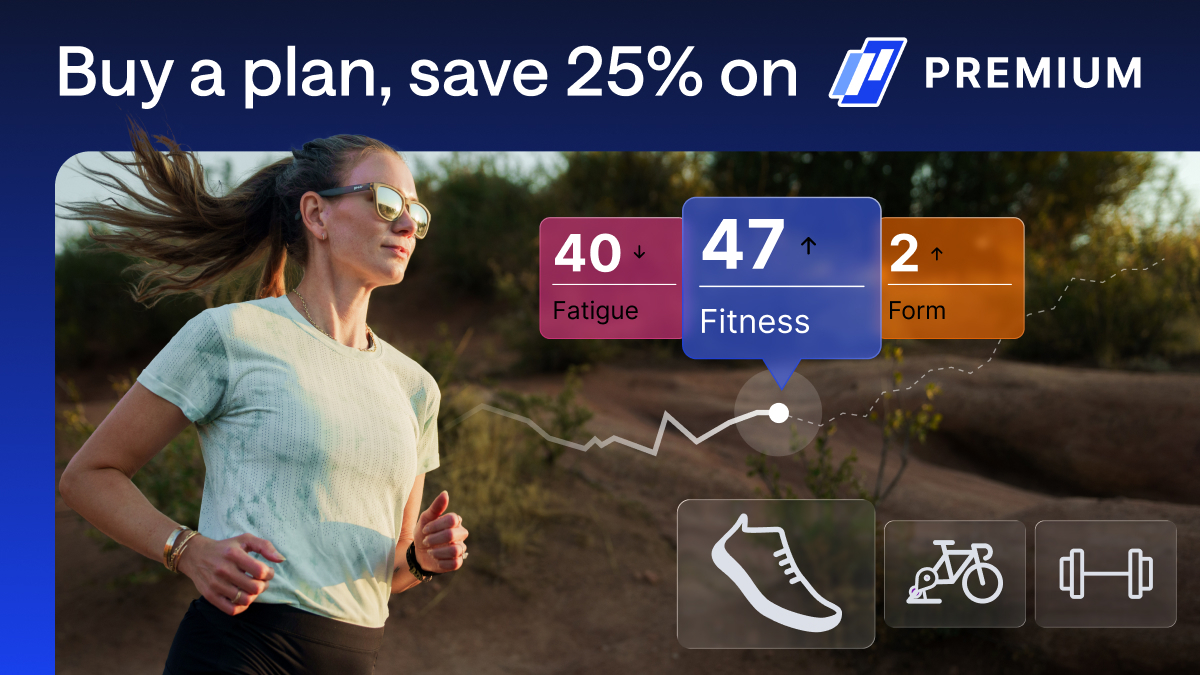Nordic, also known as cross-country skiing, captures the essence of winter sport with its versatility and accessibility. Getting outside can be as simple as strapping on skis and heading out the door. From its roots in the snowy landscapes of Scandinavia thousands of years ago, Nordic skiing has evolved into a recreational and competitive pursuit with two distinct disciplines — traditional kick and glide, known as classic, and the newer speedier skate technique. Skate skiing is often attributed to American skier Bill Koch, who, during the 1982 World Championships, adopted a skating step similar to ice skating to gain speed on the downhills and flats. This technique led Koch to a silver medal and sparked the revolution in Nordic skiing.
Whether you’re gliding through the snow for the first time or looking to expand your style, understanding the difference between skating and classic is essential. In this post, we’ll dive into both and explore the unique equipment and physical demands each discipline requires.
Technical Differences Between Classic and Skate Skiing
Classic and skate skiing exhibit distinct technical differences that define each style. In classic skiing, the technique is reminiscent of walking — skis remain parallel as the skier alternates arms and legs in a diagonal stride. This motion involves a “kick” for propulsion, aided by grip wax under the skis, and a “glide” phase where the skier moves forward. The movement is linear and rhythmical, requiring a balance of technique and strength.
In contrast, skate skiing employs a side-to-side motion similar to ice skating. Skiers push off the inside edges of their skis, creating a V-shaped pattern. This style demands a continuous, dynamic motion, requiring more vigorous upper and lower body engagement. Skis for skate skiing are shorter and stiffer to facilitate quick, lateral movements, contrasting with the longer and more flexible skis used in classic skiing. These technical distinctions not only affect the physical demands of the skier but also influence the design of the equipment and the layout of the ski trails.
Differences in Physiological Demands
The physiological demands of classic and skate skiing differ especially when considering an athlete’s experience. Studies with elite Nordic skiers show similar oxygen requirements in both styles, but efficiency varies depending on terrain and many physical factors.
For beginners, classic skiing often feels more approachable due to its walking-like motion and familiar movements.
In contrast, with its efficient forward propulsion and glide-waxed skis, skate skiing is faster on flat terrain once the technique is honed. Regardless of style, both disciplines demand full-body strength and robust aerobic endurance, which can be enhanced through skiing and targeted strength and aerobic training.
Equipment Requirements for Classic and Skate Skiing
Classic and skate skiing equipment is designed to meet each style’s unique techniques and demands. Classic skis are longer and more flexible, facilitating efficient straight-line gliding. They feature a grip zone, either waxable or equipped with scales or skins, to assist in the kick phase that drives the skier forward. The ski’s camber and flex must match the skier’s weight for optimal performance. A balance is critical: too flexible, and the ski won’t glide effectively; too stiff, and it won’t grip when necessary. Poles for classic skiing are shorter than those used in skate skiing and are tailored for efficient arm swing and pole plant during the diagonal stride.
In contrast, skate skis are shorter and stiffer to support the lateral pushing motion characteristic of this style. The entire ski is glide waxed, as skate skiing does not need a grip zone. Boots offer increased support and rigidity for better control and power transfer. Poles are generally longer in skate skiing, aiding in propulsion and balance.
To get started, try attending local ski swaps for equipment, considering that the ski size should match the skier’s needs. Finding pre-owned equipment is ideal if the fit is good. Don’t sabotage your experience with the wrong gear.
Which Nordic Skiing Style Is Best for You?
When considering which Nordic skiing style is better for beginners, classic skiing often emerges as the more accessible choice. Its technique, mirroring natural walking or running motions, is generally more straightforward for newcomers to grasp. Classic trails, with their parallel grooves, are also more widespread and can be found in various locations, from community parks to dedicated ski resorts.
Skate skiing, while exhilarating, poses a steeper learning curve due to its need for balance and coordination in the side-to-side motion. Trails for skate skiing require wider grooming and are more commonly found at specialized Nordic centers. Equipment for both styles is widely available, but beginners might find classic gear more forgiving if they are new to snow sports.
Navigating the entry to Nordic skiing brings you the options of both classic and skate skiing. Classic offers a balanced, familiar motion accessible for those on the cusp of their snow experience. Skate skiing is vigorous and energetic and often appeals to children and adults who like speed and have some time to master the basics. Each brings fun to the winter experience with specialized gear and trails.
Whether you’re seeking a serene glide through a quiet landscape or a flying sprint over a well-groomed trail, what matters most is that you get out there and try it.
References
Hoffman, M. (1992, September). Physiological comparisons of cross-country skiing techniques. Retrieved from https://pubmed.ncbi.nlm.nih.gov/1406186/
Hoffman, M., & Clifford, P. (1990, December). Physiological responses to different cross country skiing techniques on level terrain. Retrieved from https://pubmed.ncbi.nlm.nih.gov/2287263/.
Stöggl, T., et al. (2019, April). Comparison of Exclusive Double Poling to Classic Techniques of Cross-country Skiing. Retrieved from https://pubmed.ncbi.nlm.nih.gov/30418963/









